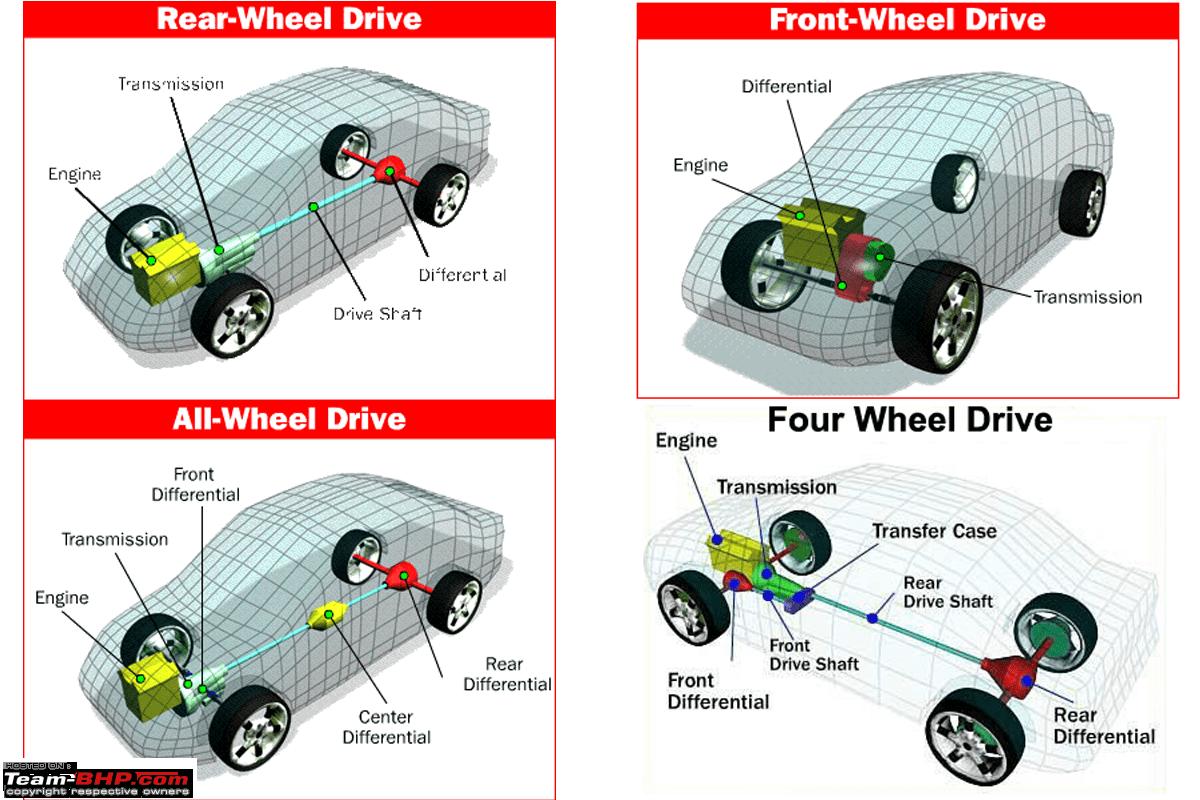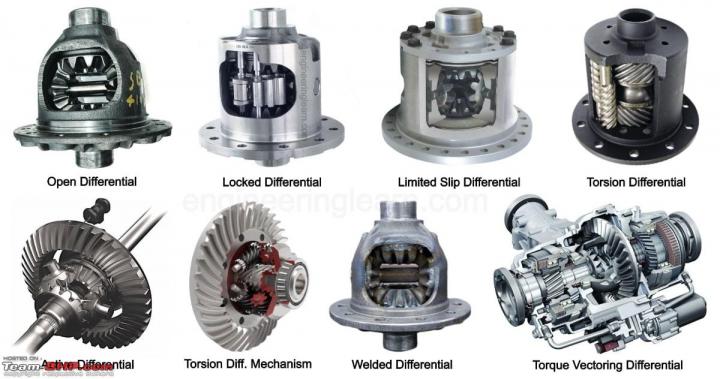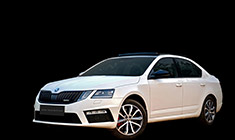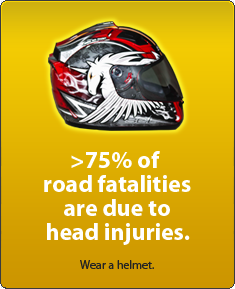News
4x4 vs modern AWD driving aids: A comprehensive comparison
Let's understand the difference between various driving aids and fitments in an AWD or 4WD vehicle.
BHPian ruzbehxyz recently shared this with other enthusiasts.
Modern 4WD or 4x4 vehicles are equipped with various driving aids, which help the driver in many ways. Although this ruins the driving skill, this is the present and future, and almost all modern 4WD’s come with various bells and whistles which are electronically controlled. How is this achieved? The vehicle is equipped with various sensors, which provide information to the ECU and the vehicle acts accordingly. Some of the data is supplied in milliseconds.
Many 4WDs are loaded with modern technology like ESP, Locking differentials, centre clutch, BTC, ETC, which aid the driver during four-wheeling. Let's look at each of them in detail. Wherever possible I have included a relevant video for better understanding.
Before we move on to the 4WD Endeavour, let's understand the difference between various driving aids and fitments in an AWD or 4WD vehicle.
Index:
- AWD vs 4WD.
- Differentials.
- Transfer case.
- Various driving aids.
- Manual vs Automatic for off-road.
- Terrain Management System.
- Q&A for Off-roading in a 4WD Endeavour.
AWD vs 4WD:

AWD:
All-wheel-drive, or AWD, refers to a system where all four wheels get torque and can gain traction independently of each other.
As the name implies, AWD systems power all four wheels all the time. In practice, there are actually two types of AWD. One which drives all the wheels continuously referred to as full-time AWD. The second, often called part-time AWD or automatic AWD, operates most of the time in two-wheel-drive mode. In these systems, power is delivered to all four corners only when additional traction control is needed. AWD systems, both full-time and part-time, generally operate with minimum input from the driver. Some offer selectable modes that allow a degree of control over how much power goes where often called Adaptive Terrain management. All the wheels get torque through a series of differentials, viscous couplings and/or multi-plate clutches, which help distribute power to the wheels so that the car's traction is optimized. AWD works well in a variety of conditions like rain, snow, light off-roading, but it is generally considered a lesser choice by the more serious off-roader.
4WD:
Like AWD, 4WD is also designed to send torque to all four wheels to increase traction when needed. But 4WD systems tend to be more robust than AWD ones and can generally handle more rugged terrain. They are equipped with a Low Range Transfer case and some with lockable differentials. 4WDs are also differentiated into Full time and part-time. Full-time 4WD operates as a full-time AWD system does, with all four wheels receiving power on a continuous basis Eg. Ford Endeavour. In some designs, the driver may have the option of controlling how power is sent to the front and rear axles through selectable modes. This type can most often be found in SUVs that are designed to work in extreme conditions. In this case, the vehicle is typically driven by two wheels, most often in the rear. The driver needs to make the decision to engage 4WD when needed and either push a button or shift a lever. Some systems also allow the driver to lock the vehicle's differentials for extra traction in extreme off-road conditions. Most of these vehicles are equipped with 2H, 4H and 4L, where 2H is only for on-road terrain. Eg. Ford Ranger.
The above explanation should not be treated as a definite system for each type of car but treated as principles of AWD and 4WD. Modern vehicles are more complex and different manufacturers have different systems in their cars, which are upgraded from time to time.
Continue reading BHPian ruzbehxyz's 4WD explanation for more insights & information.
- Tags:
- Indian
- Member Content
- 4x4
- AWD
- 4wd





.jpg)












